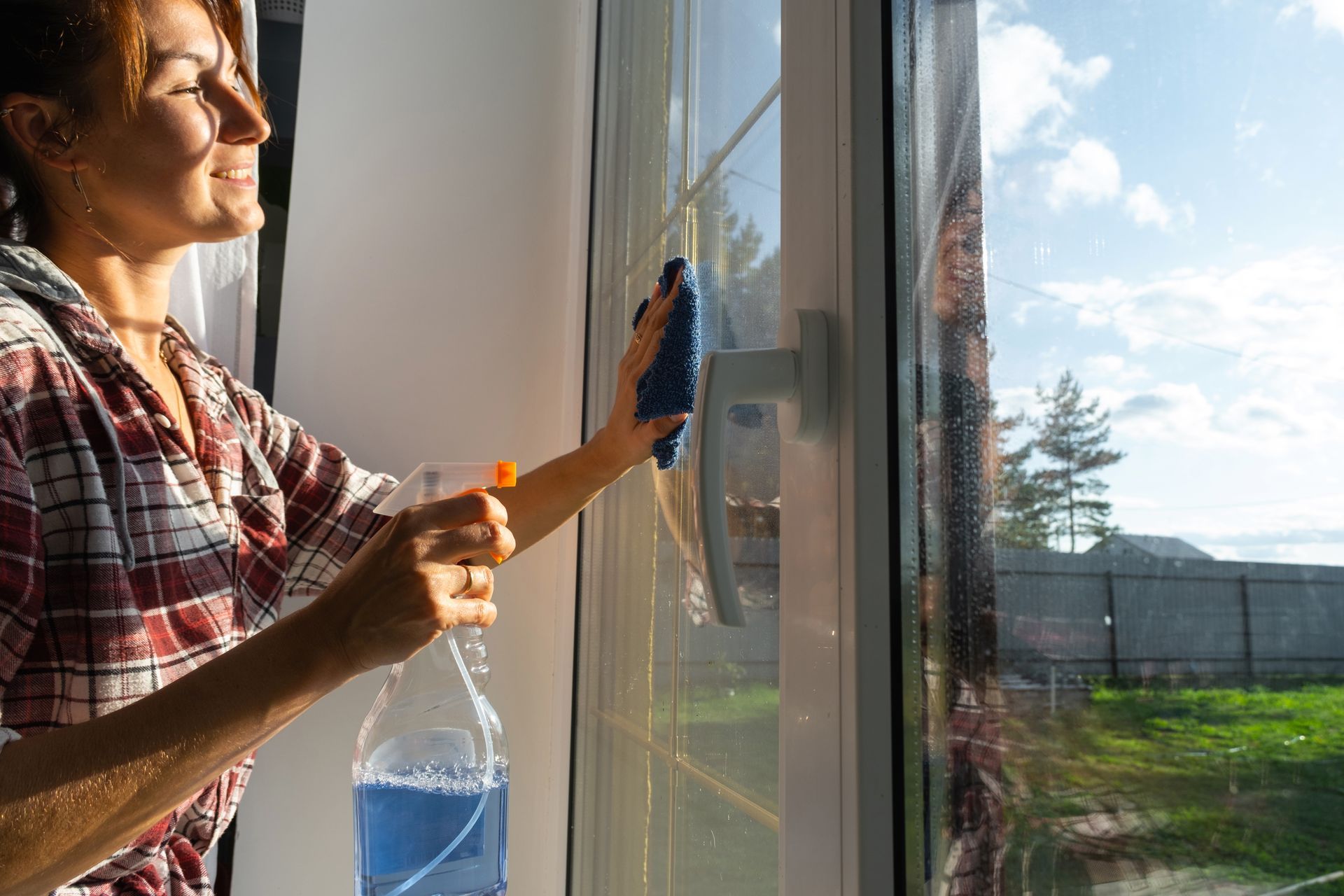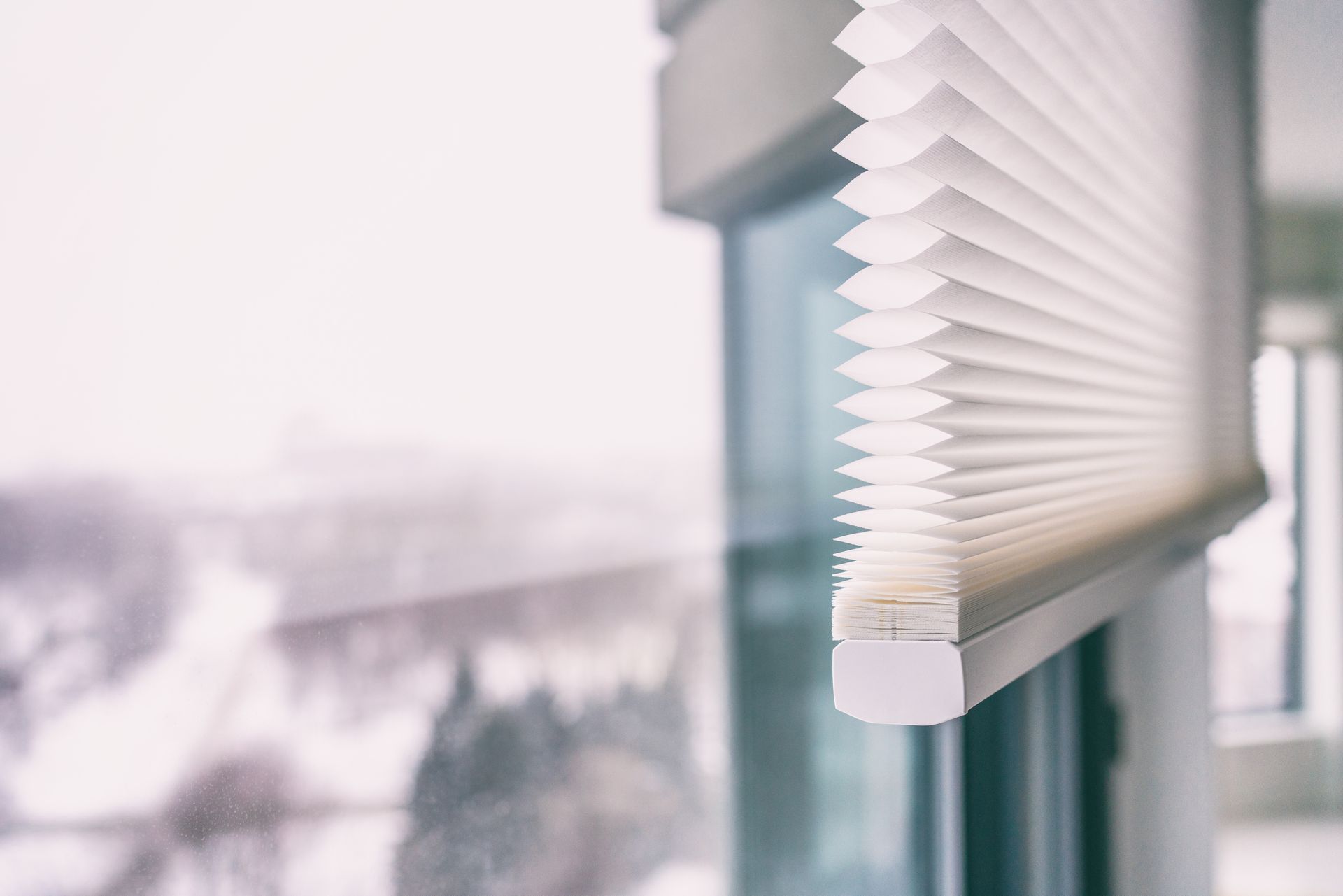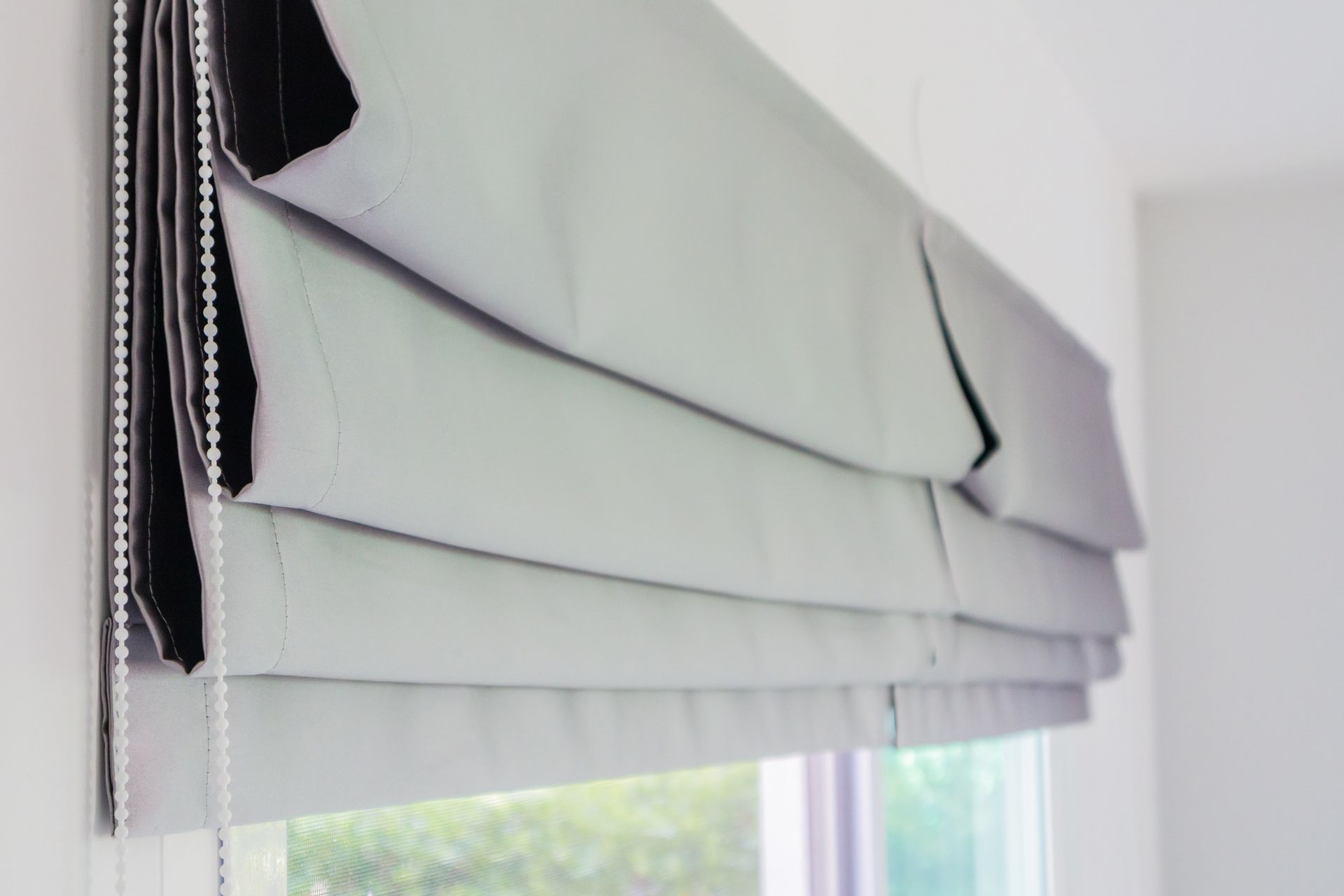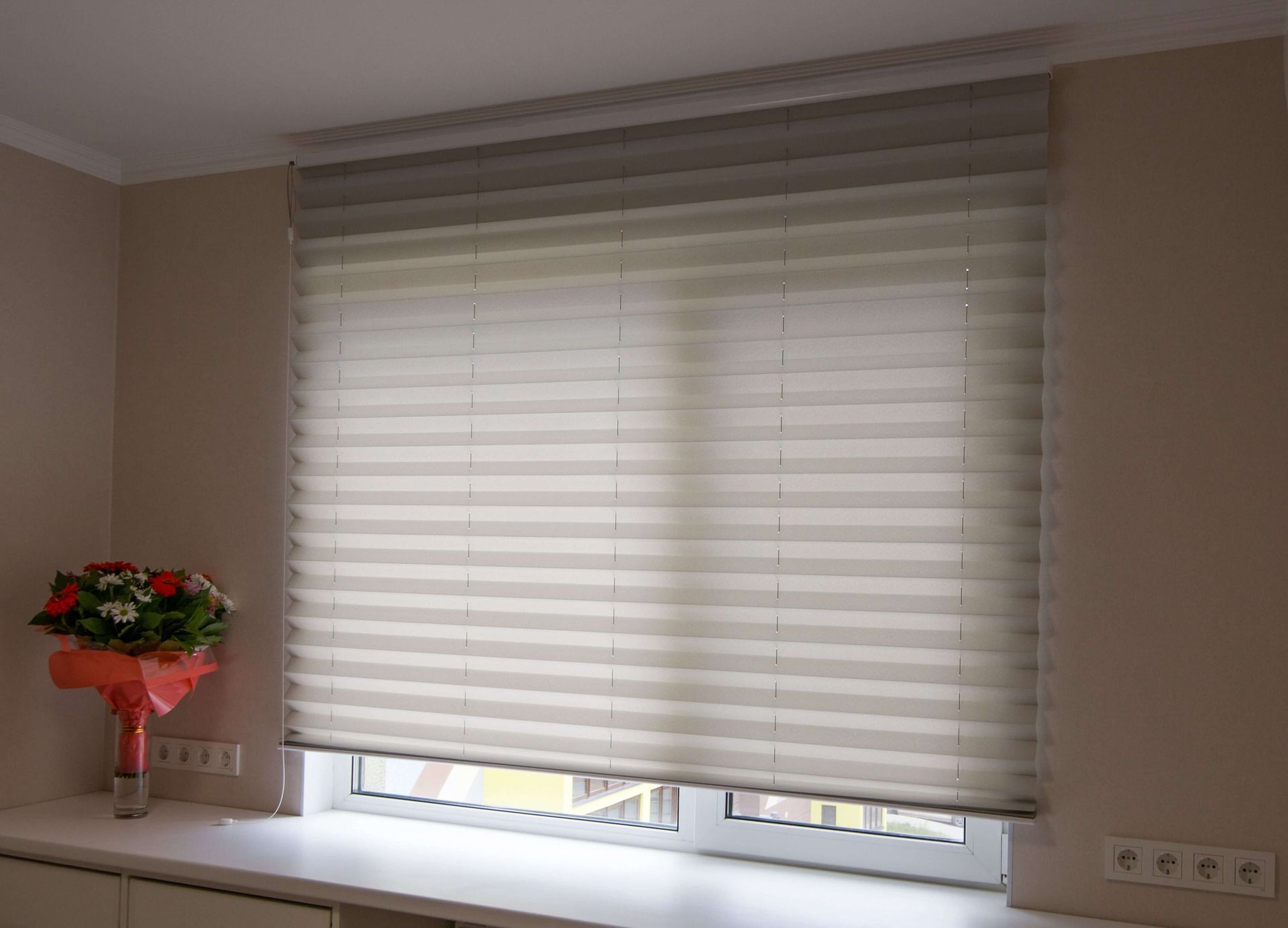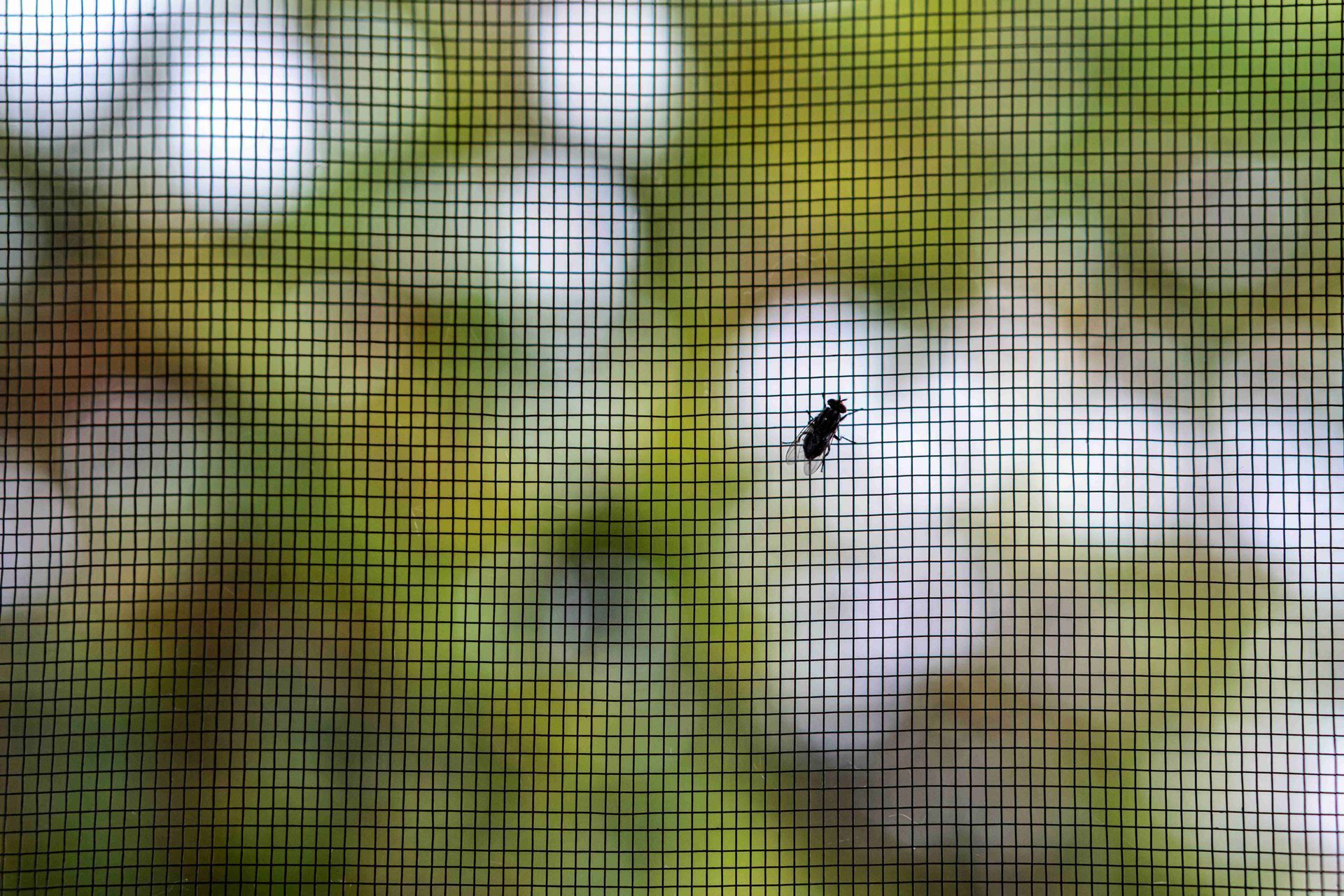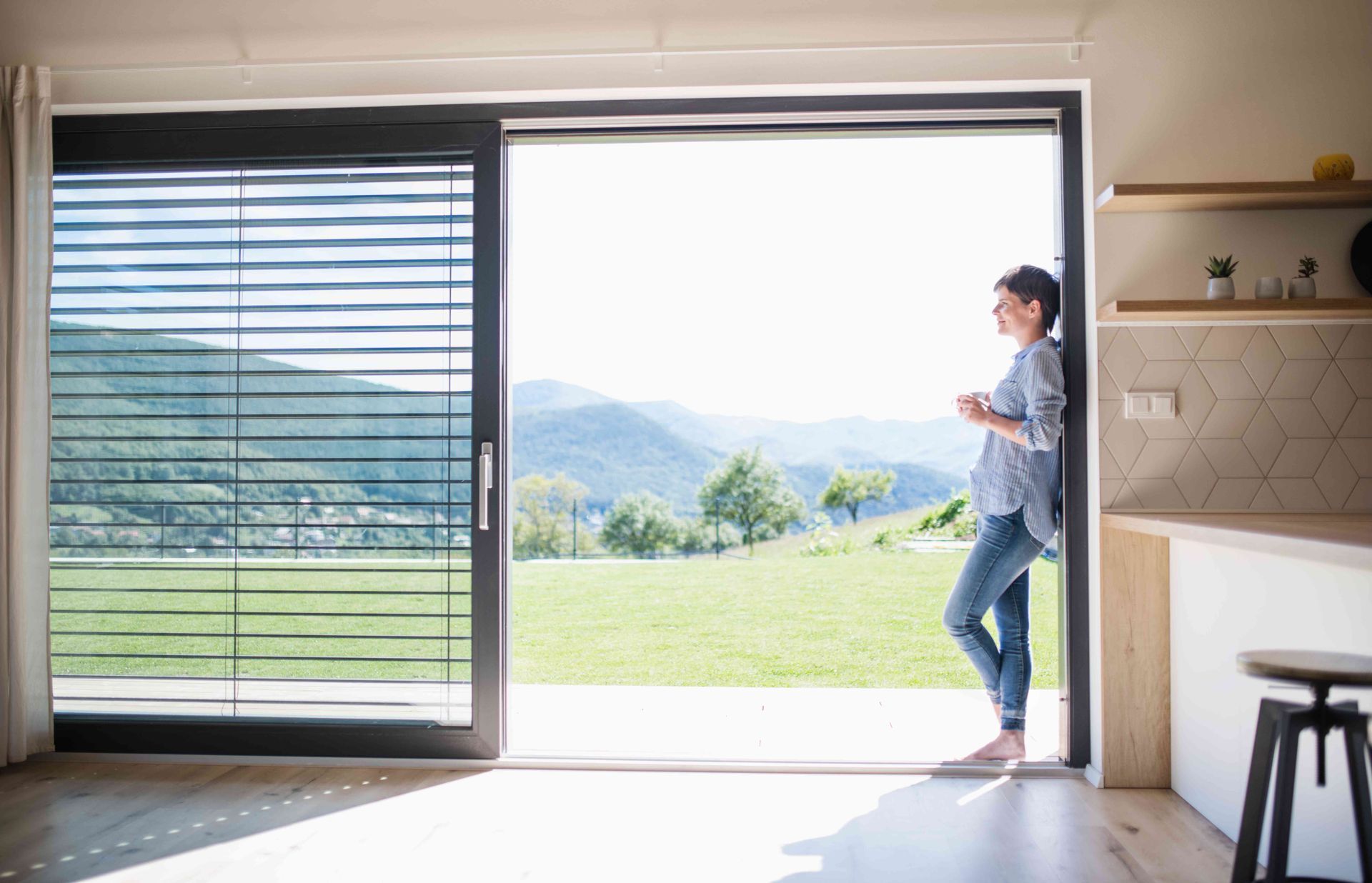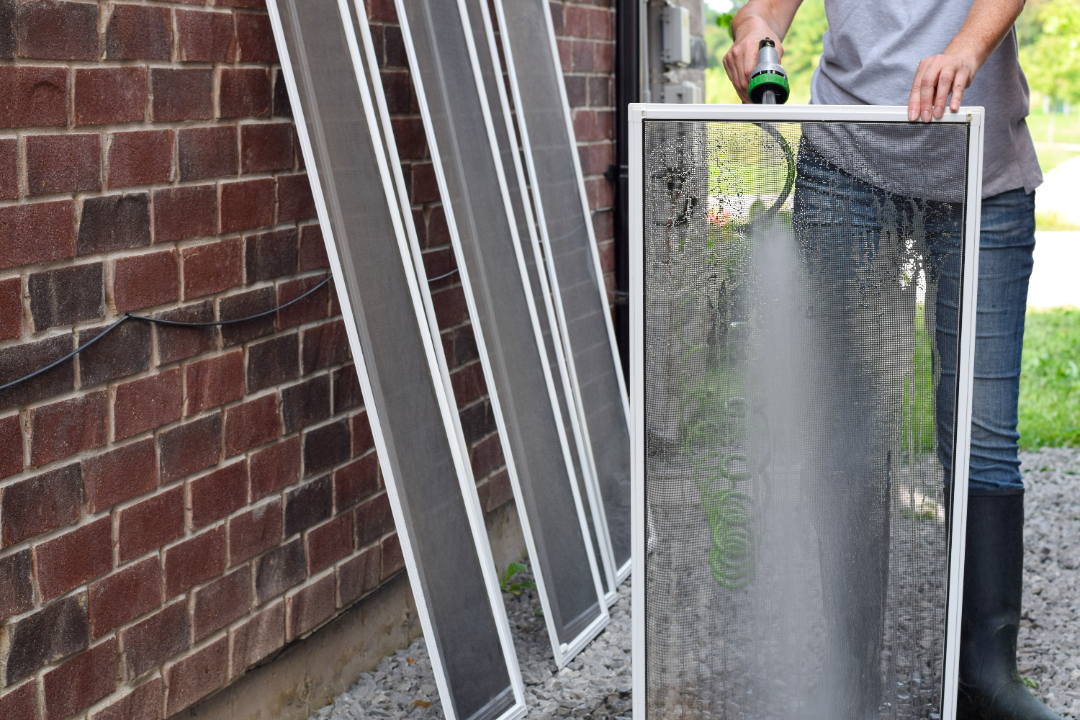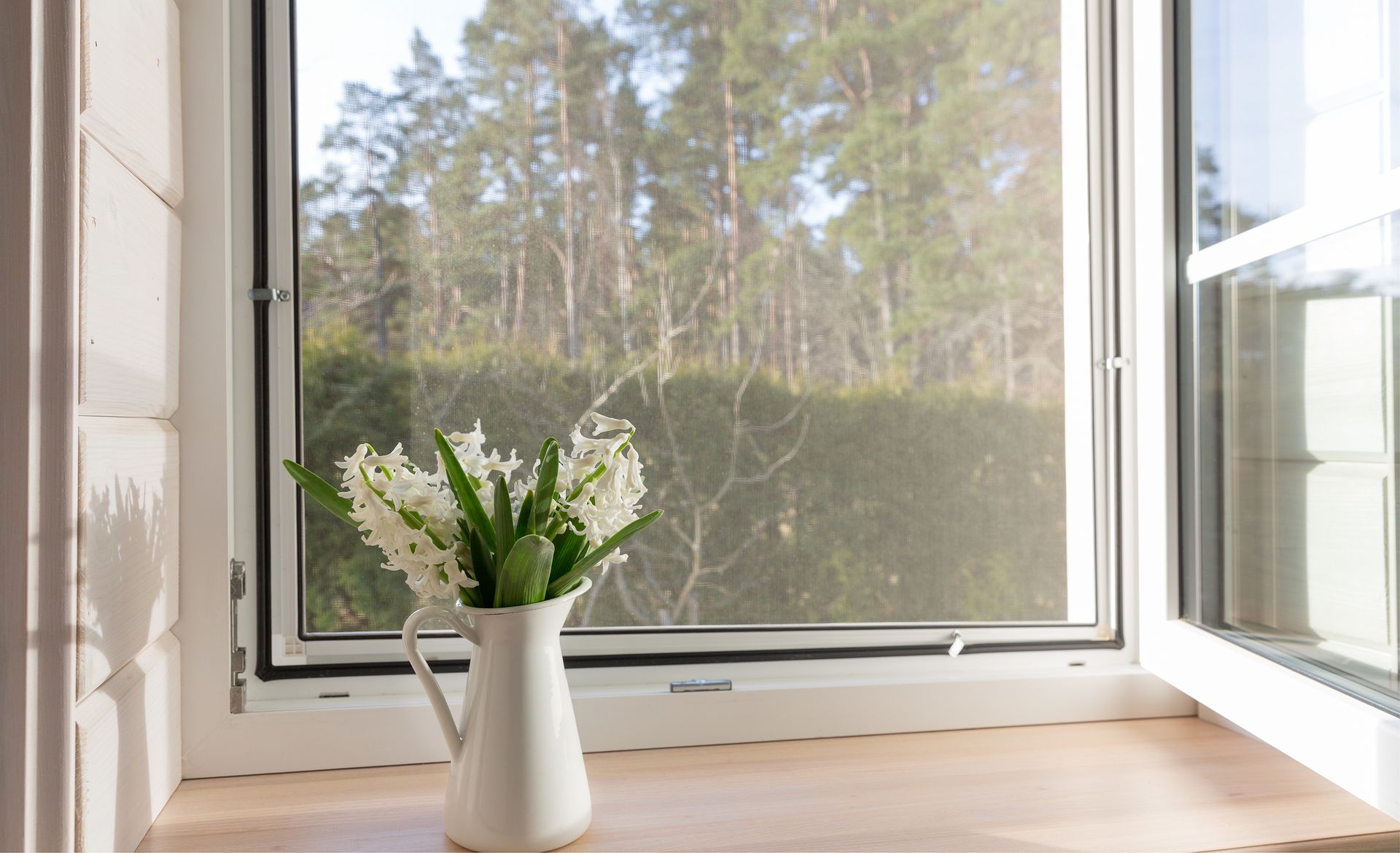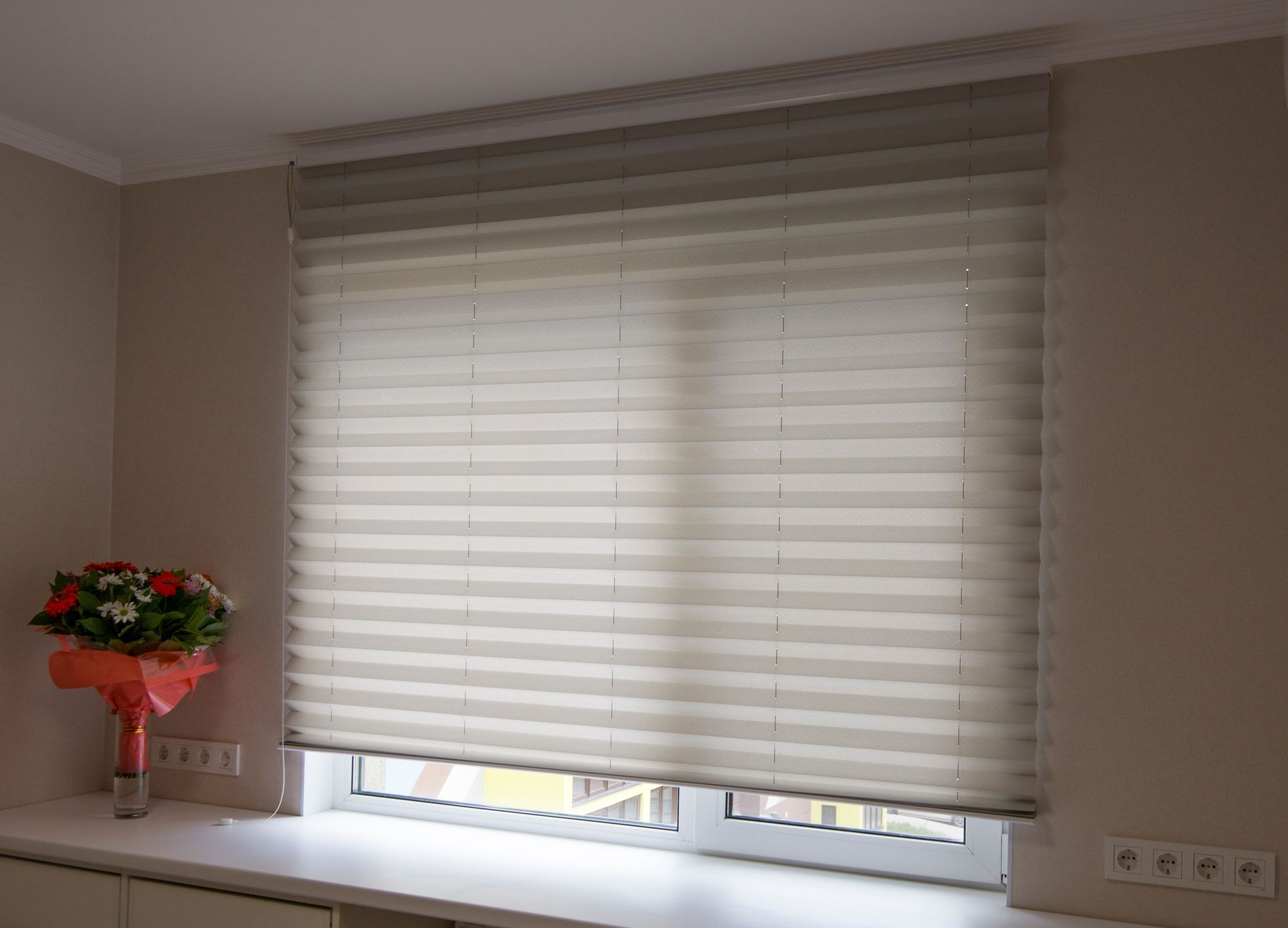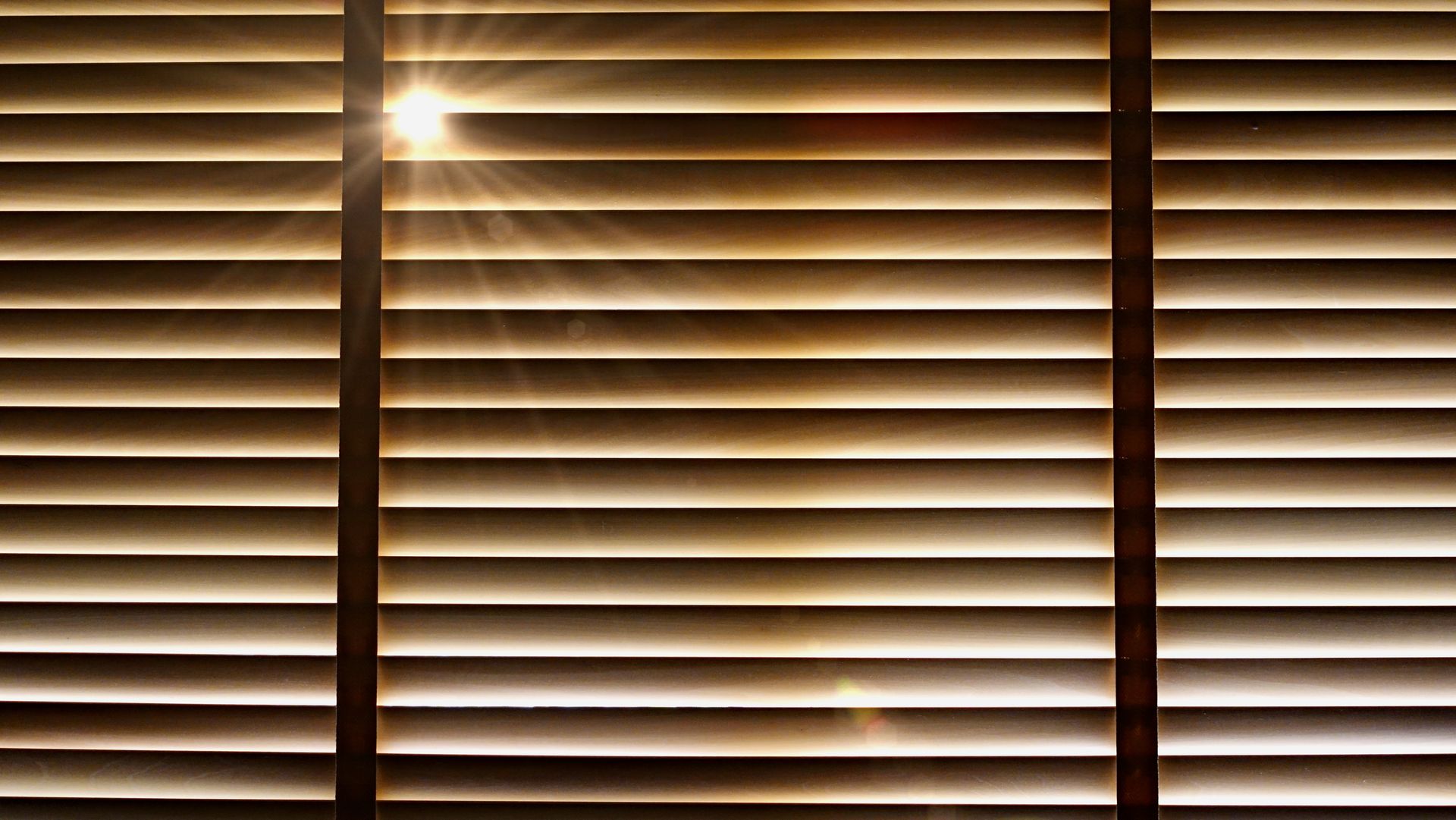Blinds Vs. Shades: What’s the Difference?
When it comes to window coverings, the choice between
blinds vs shades can be a nuanced decision for homeowners and decorators alike. With a variety of factors to consider, from aesthetics to functionality, understanding the key differences between these two types of window treatments is essential. This comprehensive guide will delve into the distinctions between
shades vs blinds, providing insights to help you make an informed choice. Furthermore, we'll introduce how our expert team at
Screen Master is dedicated to guiding you through selecting,
repairing,
installing, or
replacing window and door screens and coverings in
Los Angeles, ensuring your space is both beautiful and functional.
What Are Blinds?
Blinds are a type of window covering with individual slats that can tilt open or closed, allowing you to control the amount of light and visibility into the room. They come in various materials, including wood, faux wood, metal, and plastic. The slats can be horizontal or vertical and are operated by a cord, wand, or remote control.
One intriguing category in the family of the blinds are
noise-reducing window blinds. These are designed with materials and a structure that helps dampen external noise, making them an excellent choice for those living in busy neighborhoods or by busy streets. By adding a layer of insulation between the window and the room, noise-reducing blinds can help create a more serene indoor environment.
What Are Shades?
Shades are solid pieces of fabric that roll, stack, or fold, opening to a clear view of the outside or closing for privacy and light control. Unlike blinds, shades do not have slats. This means they can provide a cleaner, more streamlined look for your windows. They are available in different styles, such as Roman, roller, and cellular shades, which cater to various aesthetic preferences and functional needs.
In the realm of noise reduction, while shades may not be specifically labeled as "noise reducing" like some blinds, certain types, like cellular shades, have air pockets that can help with sound insulation. This can make them an equivalent choice for those considering noise reduction as a priority.
Key Differences Between Blinds Vs. Shades
When deciding between blinds and shades, consider not only noise reduction but also other factors like aesthetics, light control, ease of operation, and insulation properties. Here's how blinds and shades measure up against each other in these categories:
1. Aesthetics
Blinds offer a classic, structured look that can range from the sleekness of metal to the warmth of wood. They can fit into many decor styles, from modern to traditional. Shades offer a softer, smoother appearance and can bring an element of textile design into a room with different patterns and colors available.
2. Light Control
Blinds provide excellent light control due to their adjustable slats. You can have them completely open, closed, or angled to direct light where you want. Shades generally provide two light options – open or closed – although some shades offer a "top-down, bottom-up" feature that allows for more light control.
3. Ease of Operation
Both blinds and shades come with various operating systems, from manual cords and chains to motorized options that can be controlled with a remote or smart device. The choice here will depend on your preference for convenience versus traditional operation methods.
4. Insulation
When it comes to insulation, certain types of shades, particularly cellular shades, excel. Their honeycomb construction traps air and creates a barrier against heat loss in the winter and heat gain in the summer, which can help with energy savings. Blinds, while not as effective as cellular shades in this regard, still offer some insulation, especially if they fit tightly to the window frame.
Making the Right Choice for Your Home’s Space
Choosing between blinds and shades ultimately depends on your specific needs, including desired levels of privacy, light control, insulation, maintenance, and aesthetic preference. Consider the room’s function, the direction of windows, and your decor style when making your decision.
Screen Master: Your Go-To Expert for Window Treatments in Los Angeles
At Screen Master, we understand the importance of finding the perfect window treatment solution that not only meets your functional needs but also complements your space’s aesthetic. Specializing in repairing, installing, and replacing window and door screens throughout Los Angeles, our team of experts is here to guide you through the selection process of new window blinds or shades.
Our comprehensive services ensure that regardless of your choice between blinds and shades, your window treatments will be perfectly suited to your requirements. From providing detailed consultations to assess your needs to offering professional installation services, Screen Master is dedicated to delivering excellence and satisfaction.
Ready to Transform Your Space?
If you're considering new window blinds or shades for your home or office in Los Angeles, look no further than
Screen Master. Our team is ready to assist you in enhancing your space with the perfect window treatments.
Contact us today to learn more about our services or to schedule a consultation. Let us help you achieve the perfect balance of style, functionality, and comfort with our expertly crafted blinds and shades solutions.
-
What are the cost differences between blinds and shades?
Blinds can vary widely in cost depending on material and design, with options for every budget. Shades might be slightly more expensive on average due to their fabric and complex mechanisms but offer higher energy efficiency.
-
Which is better for a bedroom, blinds or shades?
Shades are often preferred for bedrooms due to their superior ability to block out light completely, especially with blackout options, providing a conducive environment for sleep.
-
How do I clean blinds and shades?
Blinds can be cleaned with a damp cloth, vacuum with a brush attachment, or specially designed duster. Shades should be gently vacuumed or wiped with a damp cloth, depending on the fabric's cleaning instructions.
-
Are blinds or shades more durable?
The durability of blinds and shades depends on the material and quality of construction. Generally, metal or wood blinds are more durable than fabric shades, though high-quality shades can last many years with proper care.
